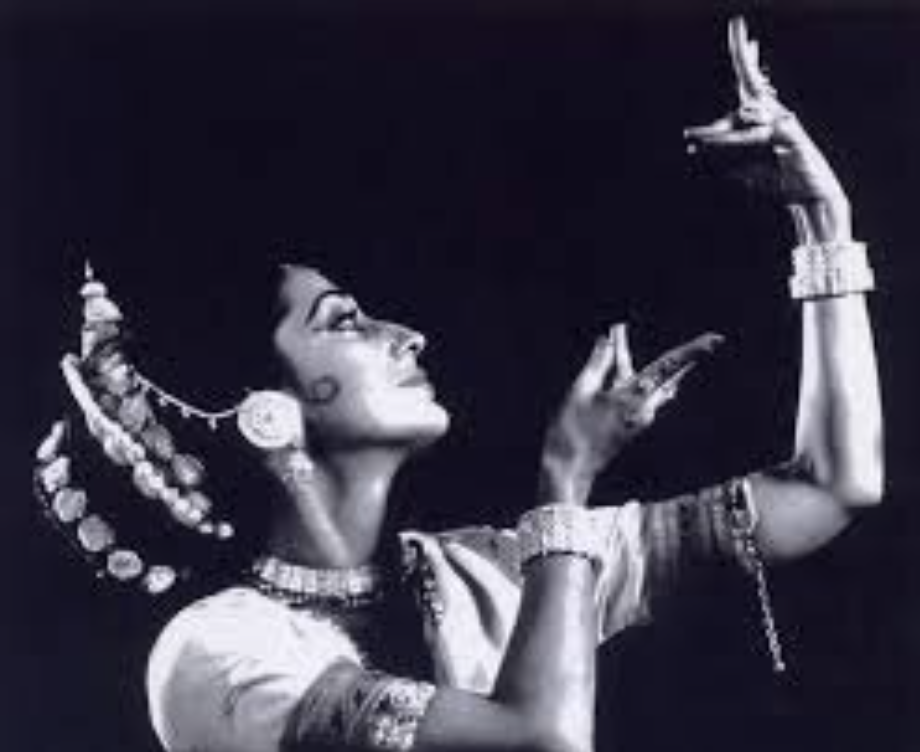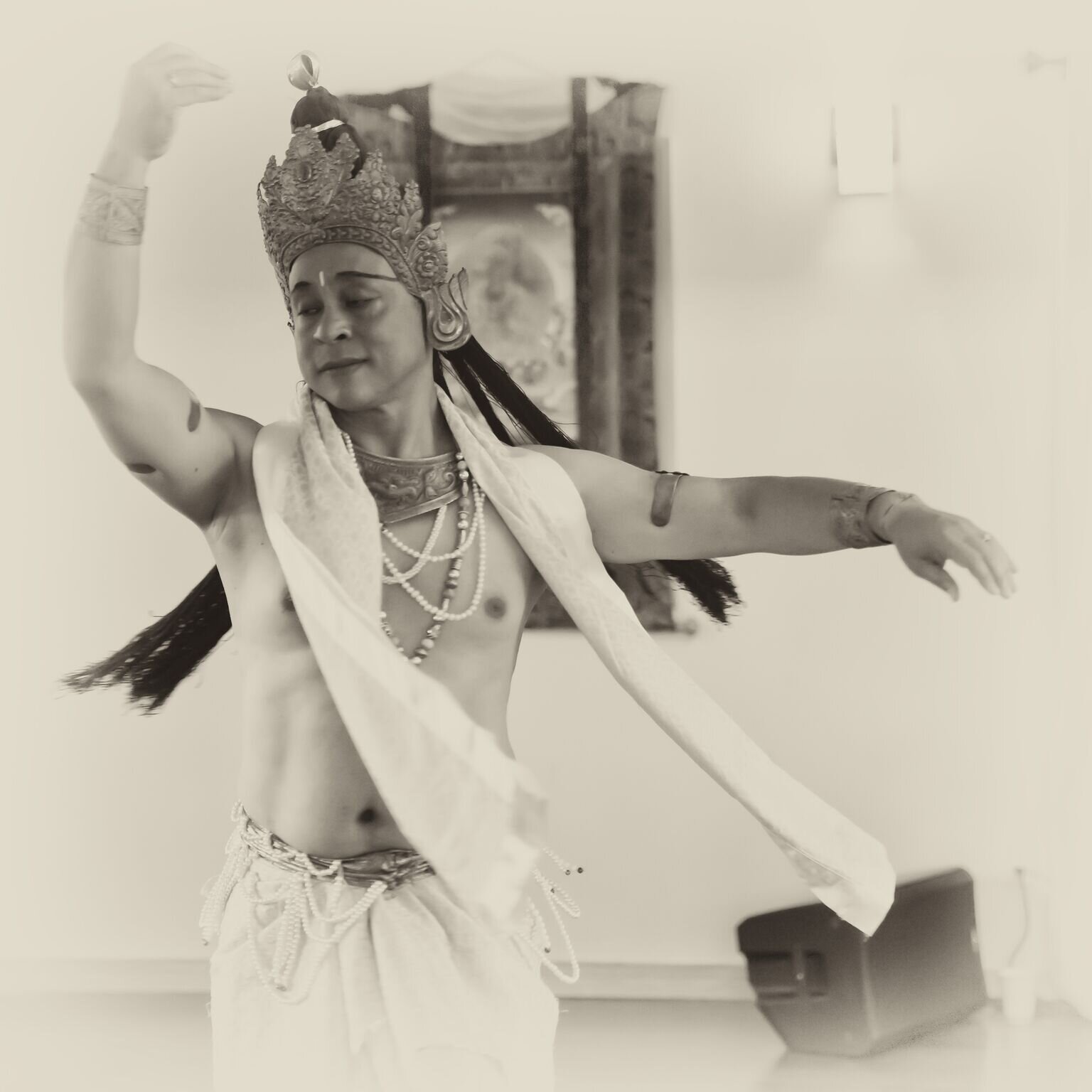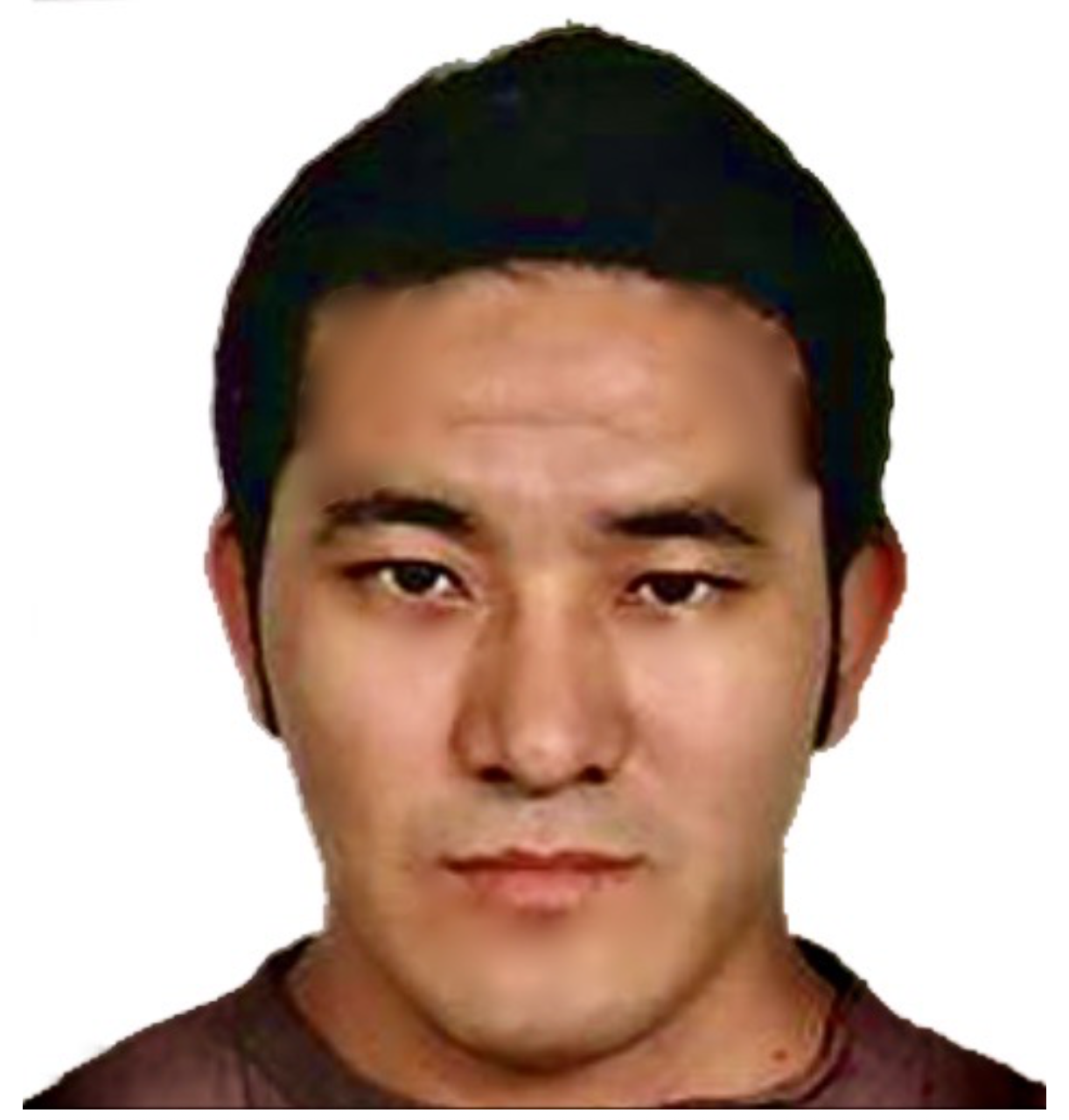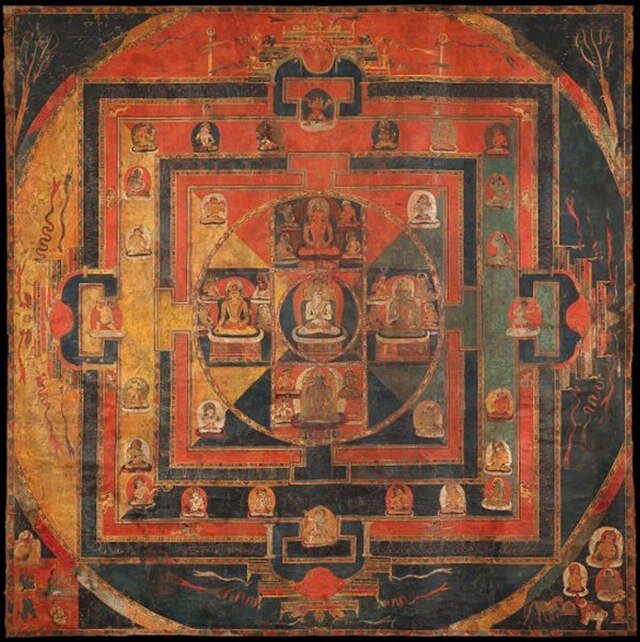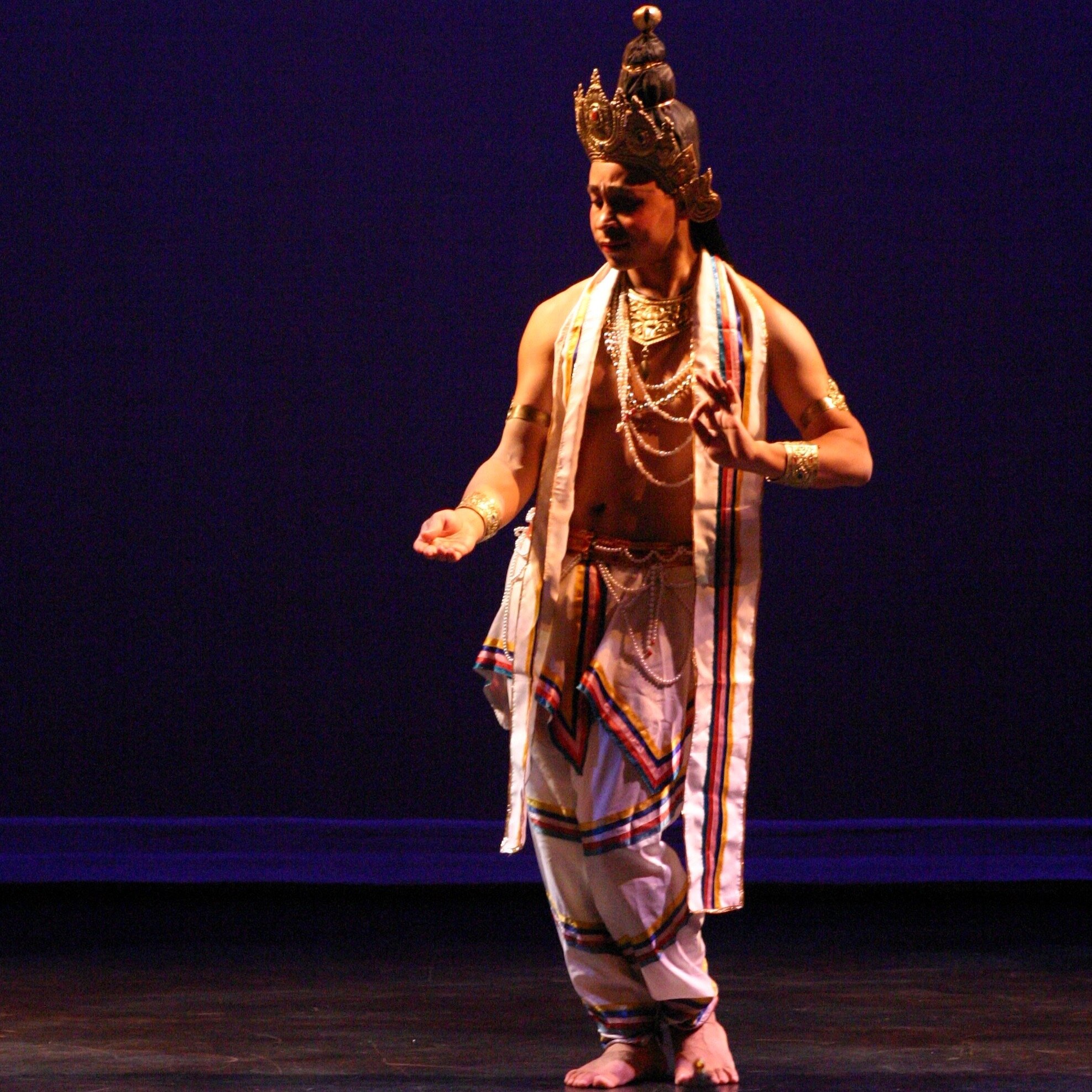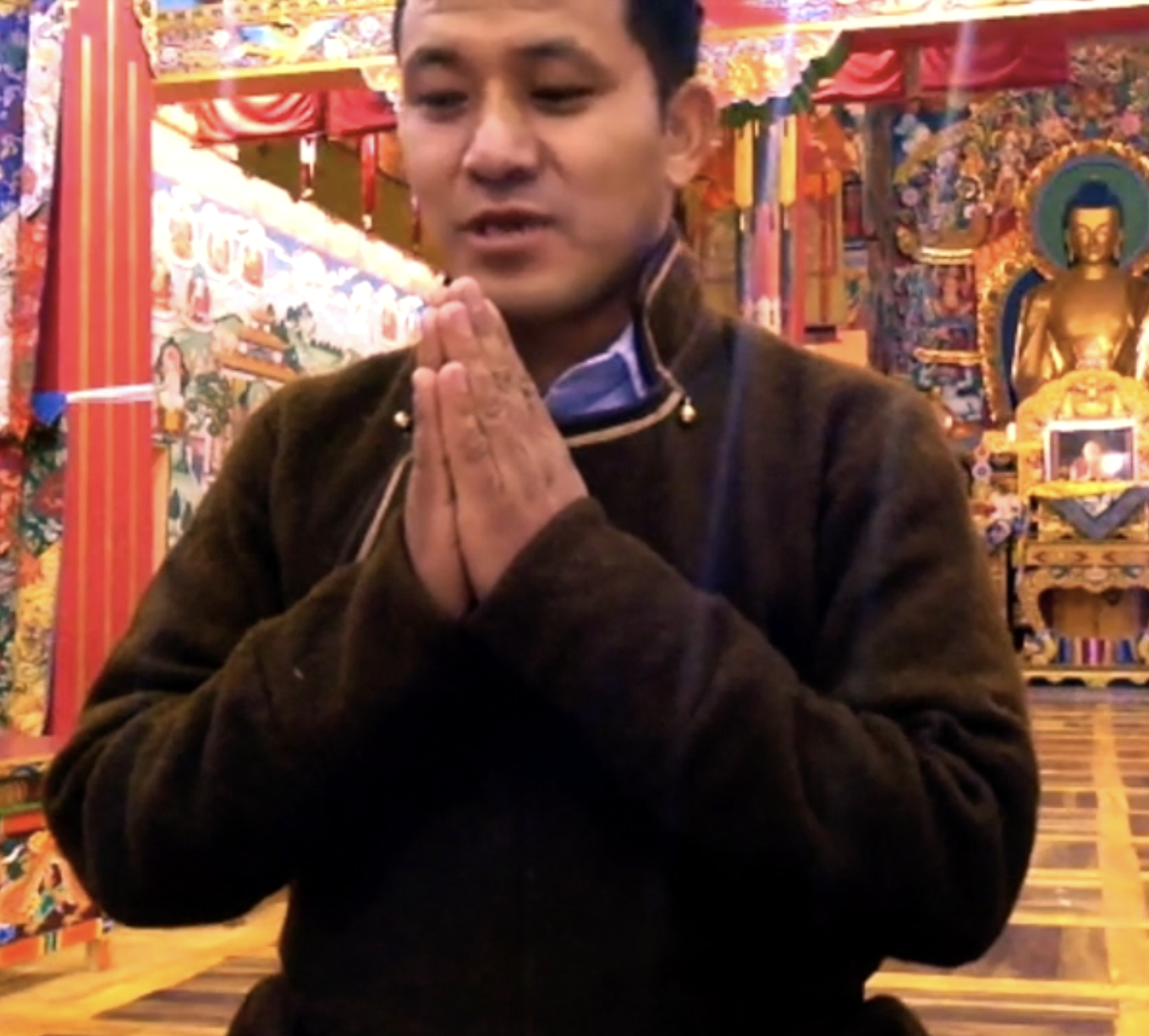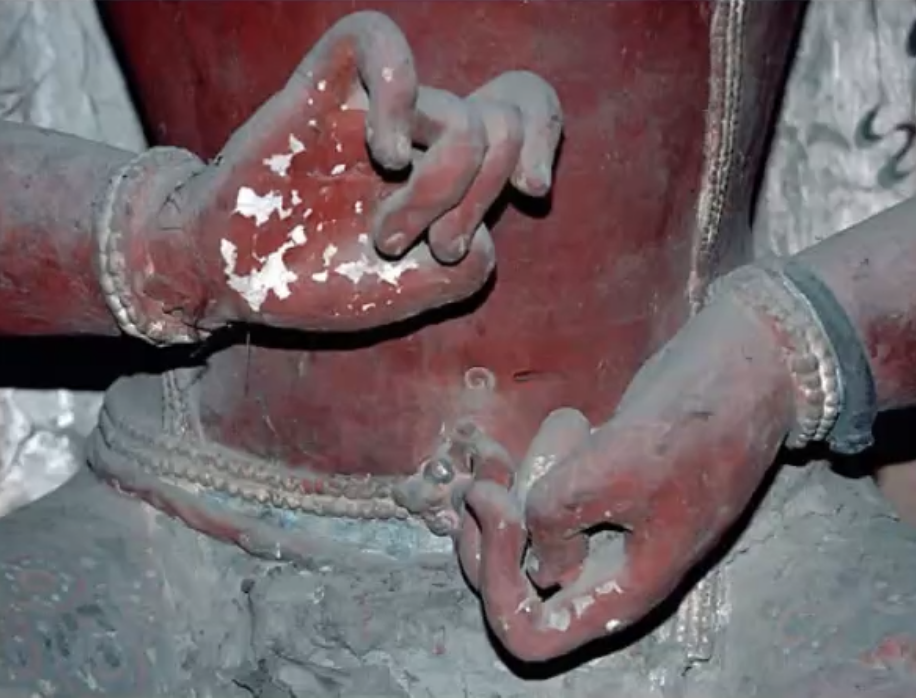Mudra & the Diamond Spheres
Film, Dance, Dialogue:
A Celebration of Year One Research
Thursday october 21
7am Los Angeles | 9am Chicago | 10am New York
3pm London | 4pm Rome | 5pm Moscow
7:30pm New Delhi & Leh | 7:45 pm Kathmandu | 10pm Hong Kong
Time Zone Converter
Event Duration: Two Hours
Presenting the role and results of Indic, Newar and Tibetan research involved
in understanding the use of mudra in the Vajradhatu Ritual at Tabo Monastery:
FILM: Three new dance films by three production teams
DANCE: Six live dance performances by traditional practitioners
DIALOGUE: Three scholarly summaries of the years’ work
Moderated by Joseph Houseal, Director, Core of Culture
Core of Culture’s international cultural preservation initiative
With lead support from the Robert H.N. Ho Family Foundation
Additional support from the Kipper Family Foundation
Free Event
PLEASE SIGN up TO RECEIVE zoom access information
Film
VISUAL POEMS
A visceral artistic screen dance of three ancient sacred movement traditions: Indic, Newar and Tibetan.
These films explore the mysteries, powers and evolution of mudra in tantric Buddhism, in order to Illuminate the performance of the Vajradhatu ritual at Tabo Monastery where Core of Culture will document their ancient ritual within a one thousand-year old UNESCO world heritage site.
Instead of an intellectual explanation of our work this past year in Indic, Newar and Tibetan endangered cultures, our project is offering new short dance films produced by artistic teams in Los Angeles, London, Montana, and Europe.
Shaping the Timeless
Produced by Vena Ramphal
.
Featuring Indian classical dance and the work of Sharon Lowen and Vena Ramphal
Inside the Mandala
Produced by Yangchenma Arts & Music
Ocean of Mudra
Produced by Lindsay Gilmour & Nathan Whitmont
Prajwal Vajracharya dances Mahakala of the Newar Charya Nritya tradition
Featuring Vajrayana monastic ritual mudra and dance and the field work of Nathan Whitmont and Dr. Thinles Dorje. Performed by monks of Tabo, Matho, Phyang, Lamayuru, and Sharchukul monasteries
Dance
LIVE DANCE PERFORMANCES
These live dances explore the mysteries, powers and evolution of mudra in tantric Buddhism, in order to Illuminate the performance of the Vajradhatu ritual at Tabo Monastery where Core of Culture will document their ancient ritual within a one thousand-year old UNESCO world heritage site.
Through embodied explorations four dancers show works exemplifying how ancient dance traditions weave through shifting and evolving contemporary landscapes. Two Classical Indian dancers, a Newar Tantric Buddhist priest, and a former Vajrayana monk use dance as a living research tool providing insight into our work of understanding how ancient transmissions and expressions continue to survive and thrive. Dance demonstrates tantric mudra in action.
The precise and intentional use of dance as research is powerful.
Dance 1
Auspicious Invocation: Omkarakarini
Classical Indian Orissi dance by Sharon Lowen
Dance 2
3’30” with Kapittha Mudra
Created and performed by Vena Ramphal
Dance 3
The 16 Offering Goddesses
Performed by Prajwal Vajracharya. Chanting by Josh Pronto
Dance 4
A Charya Nritya based on the Nispannayogavali, Mahavairocana
Performed by Prajwal Vajracharya. Chanting by Josh Pronto
Dance 5
An excerpt from Shawa, the Stag, from Drikung Kagyu cham
Performed by Lama Konchok Lhaskyab and Thinles Norboo of Phyang Monastery, Ladakh
Dance 6
Mahavairocana Mandala 37 Associated Deity ritual mudra
Vajramaster: Rigzin Wangchuk, Chanting master: Konchok Stogyas, Konchok Chokdrup, Konchok Stanzin and Thinles Norboo
Dialogue
Scholarly Summaries
Distinguished scholars working in the fields of Indic, Newar and Tibetan culture set out the importance of the project work in these fields, and the need to continue work. Dance research and Buddhist studies meet.
Indic research summary: Professor Ann R David, University of Roehampton
Newar research summary: Dr. Miranda Shaw, Professor emerita, University of Richmond
Tibetan research summary: Dr. Elizabeth Tinsley with Professor Lindsay Gilmour, University of California at Irvine
ABOUT THE CONTRIBUTORS
Sharon Lowen is a renowned performing artist of Odissi, Manipuri and Chhau. She has bridged cultures performing extensively throughout India and internationally while contributing new choreography, teaching and curating seminars to maintain and support the transmission of tradition. She has become an icon inspiring Indians to value their dance heritage over the decades since she arrived in India as a Fulbright scholar from the University of Michigan. Her books include, Odissi Dance, The Dancing Phenomenon: Kelucharan Mohapatra, The Performing Arts of India –Development and Spread Across the Globe, Art Without Frontiers – Classical Dance and Music of India and Shringara in Classical Indian Dance. She is the founder of Manasa - Art Without Frontiers. Honors include the 1991 Prime Minister’s award Acharya Narendra Dev Sarokar Samajic Samman, the Delhi Government's Sahitya Kala Parishad's Parishad Samman '92 for Outstanding Individual Contribution to Indian Arts, Prabasi Odia Samman 2018 and Prabasi Bhasha Samman 2019.
Vena Ramphal (PhD SOAS) is a dance artist, scholar and practitioner of yoga-tantra. This versatility allows her to see connections that would otherwise fall unnoticed. She is equally at home bringing meditation to national television as she is poring over rare books on esoteric practices. Vena began her training in classical Indian dance aged 6 and was initiated into a traditional meditation practice aged 10. Her PhD looked at the construction of the dancing-acting body in the Natya Shasta (the oldest extant Sanskrit treatise on dramaturgy). She is often interviewed by the media about spirituality and wellbeing in modern life. Previous credits include GQ, Cosmopolitan, and Psychology magazine; BBC radio and TV; and Sky News.
Prajwal Ratna Vajracharya is a 35th generation Tantric Buddhist priest from Nepal and ritual master of the Charya Nritya dance tradition and other ritual forms. Prajwal began his training in Charya Nritya, the dance aspect of Newar Buddhism, from the age of eight, receiving formal instruction from his father, the Buddhist scholar and ritual master Ratna Kaji Vajracharya. Prajwal Vajracharya is now the foremost teacher, practitioner, and performer of the tradition. He is a veteran of several world tours. He teaches beginning and advanced students around the globe. He founded Dance Mandal in 1996, and the Foundation for Sacred Buddhist Arts of Nepal to preserve and expand this rare ancient form of Buddhism and its related traditions.
Dr. Thinles Dorje (PhD Punjab University) is a scholar of Buddhist ritual, completing his Phd at the University of the Punjab. He conducts field research for Core of Culture, and is a founding member of Himalaya House, a non-profit dedicated to the preservation of Himalayan culture. Formerly a monk, now an activist for Ladakhi culture, Dr. Thinles Dorje also works as a translator, writer and expedition leader.
Most Venerable Khenpo Kinley Gyaltsen was born in Trongsa, Bhutan. His formal education began in 1984 when he joined a school in Paro, Bhutan. In 1995, he joined the Central Institute of Higher Tibetan Studies in Sarnath, Varanasi, India for further studies on Buddhism. For the next 9 years he studied Buddhist Philosophy and fully completed in 2005. From 2000 to 2005 he was actively involved in the translation works during the exchange programs between University of Massachusetts USA, Tasmania University, Australia and the Central University of Tibetan Studies, India. In addition to that he also did a comparative study between Buddhism and Western Idealism. In 2006 he joined the office of H.H. the Drikung Kyabgon Chetsang in Dehradun as a secretary for his holiness. In 2012, under the kind direction of His Holiness he took part on the project “ Go Green & Go Organic” in the Himalayan regions in collaboration with The Mountain Partnership, United Nation. From 2014 to 2017 under the kind guidance of His Holiness he also took part in the International Buddhist Cultural Show Program in Sharavasti, India. He is the author of various books on Buddhism “ Meaning of Mani Mantra”, “Meaning of Tara Mantra”, and so on. In the beginning of 2021, he was appointed as the Abbot of the Sumtrhang Monastery in Bumthang, Bhutan.
Ann R David, PhD, is Professor of Dance and Cultural Engagement at the University of Roehampton, London. She specialises in dance anthropology and South Asian classical and popular dance and her dance training includes ballet, contemporary, folk dance, as well as bharatanatyam and some kathak. Ann’s research work focuses on dance and ritual practices in UK Indian communities investigating issues of migration, identity and embodiment, and the gestural, narrative and ritual practices of bharatanatyam. She has published widely on this work, as well as on dance in Bollywood and on the ritual dances of Tibetan Buddhism, and is currently working on a monograph of Indian dancer Ram Gopal. Ann is passionate about the need for the arts and dance in education, working closely with policy makers in the arts, and is on the boards of several arts organisations. She has given public talks at the V&A, the British Library, British Museum and National Portrait Gallery and been involved in post-show discussions at Asia House, Nehru Centre, Sadler’s Wells, Southbank and Bhavan. Ann has appeared on BBC radio and TV on several occasions and is on the editorial board of other journals.
Miranda Shaw (PhD, Harvard University) is professor emerita of religious studies at the University of Richmond in Virginia. A scholar of Buddhism, her research centres on women’s spiritual practices, goddess traditions, and sacred dance in South Asia and the Himalayas. Her publications include two books, Passionate Enlightenment: Women in Tantric Buddhism (1994), which has been translated into six languages, and Buddhist Goddesses of India (2006). She recently contributed an entry on ‘Buddhist Dance’ to the Encyclopedia of Women in World Religions (ABC-CLIO), has an essay on Vajrayana dance forthcoming in the Oxford Handbook of Buddhist Practice, and is preparing a book manuscript on Tantric Buddhist dance.
Elizabeth Tinsley (PhD Otani University, PhD Columbia University) trained in art history and religion in the UK and in Japan and is a professor in Buddhist Studies at UCI, where she specializes in Japanese Buddhism. She has been researching and publishing on esoteric Buddhism in Japan for ten years, and is ordained and initiated within the Shingon school of Buddhism at Mount Koya. Her specific interests are rituals in the syncretic world of mountain religions, iconography, and strategies of legitimization in religious institutions, as well as postwar Christian and Buddhist imagery in Japanese pulp magazines, and the political projects in Japan of British Judaism during the early 20th C Anglo-Japanese Alliance.
Lindsay Gilmour is a performer, choreographer, filmmaker, and educator. Her work explores presence, ritual, and rebellion--fusing text, voice, and the moving body. She combines the mystical, political, and absurd, both honoring and poking fun at the human condition. Her most recent works delve into embodying local landscapes and our need for wild untamed spaces. She is the recipient of a Nehru Fulbright Award for Academic and Professional Excellence (2018) and a Hellman Fellowship (2020-2021) in support of her research exploring the preservation, adaptation, and innovation of Ritual Dance in Vajrayana Buddhist Nunneries and Monasteries in India. She is deeply interested in embodied knowledge and exploring what ancient dances might share with contemporary somatic movement practices. She is an Assistant Professor of Dance at University of California Irvine.
Nathan Whitmont, from Bozeman, Montana, is associate director of field research at Core of Culture Dance Preservation, in Chicago, a non-profit organization committed to preserving and promoting ancient dance and movement traditions around the world; and a consultant at Ballet Society in New York City, a non-profit organization founded in 1946 by George Balanchine to promote ballet in America. Nathan serves on the board of Zikr Dance Ensemble, a professional touring group based in Denver combining contemporary ballet and ancient ritual. Nathan's recent dance film, Weight of the Moon, produced in collaboration with Lindsay Gilmour has been screened at experimental and dance film festivals. Nathan's photographs and feature articles have appeared in Polo Player's Edition, the official magazine of the United States Polo Association; He was a regional all-star polo player for Montana State University.
Joseph Houseal is director of Core of Culture, a non-profit he founded in 2000. He has conducted more than 20 dance research and documentation expeditions in the Himalayas, working closely with the Jerome Robbins Dance Division of the New York Public Library. He holds a Masters of Philosophy from the Laban Centre for Movement and Dance, working under Dr Peter Brinson. Houseal was a contributor to Ballet Review, New York, for 36 years, until its final issue in 2020, working under Francis Mason and Marvin Hoshino. He studied Japanese Noh performance for seven years in Kyoto, studying with Mikata Shizuka Sensei of the Kanze school, and Matsui Akira Sensei of the Kita school. Houseal enjoyed a long career as a dancer and choreographer on the international stage, having begun his professional training at the School of the Washington Ballet under Mary Day and Peter Steele. For 7 years, Houseal served as artistic director of Parnassus Dancetheatre, an avant garde troupe based in Kyoto. Houseal also worked as artistic director for singer Chaka Khan. He is widely published and his writings have been translated into Chinese, Japanese, French, Swedish, Italian, and Spanish. Houseal writes a monthly column, Ancient Dances, for Buddhist Door Global, Hong Kong.
ABOUT THE INITIATIVE
Photo Credit: Tabo Vajradhatu Mandala by Dr. Christian Luczanits
Mudra and the Diamond Spheres is a four-year initiative of Core of Culture, an organization assisting the preservation of Buddhist ritual heritage in dance and movement.
In 2019, Kanden Rinpoche, the Abbot of Tabo monastery in Spiti Valley, Himachal Pradesh, India, asked Core of Culture to document the Vajradhatu Ritual performed there by the monks. What is remarkable is that the 11th century Assembly Hall at Tabo monastery is a three-dimensional Vajradhatu Mandala, comprised of murals, a ceiling, bas relief and sculpture. The monks perform the Vajradhatu ritual within the Vajradhatu Mandala.
Integral to the Vajradhatu ritual are thirty-seven unique mudra, or hand gestures correlating to the Vajradhatu deities, which are visualized by the meditating monks during the ritual. The Vajradhatu is the Diamond Sphere, a Mahayana Buddhist concept of the cosmos defined by aspects of the Buddha. It is an old extant Tantric Buddhist ritual, before the time of sectarian monasticism. Tabo monastery itself is the oldest operational monastery in India and the Himalayas, and a rare lasting example of 10th century monastic architecture, and splendid art of the Guge period. Tabo was founded in 996 by the Great Translator Richen Zangpo. Tabo is most famous as a site of translation of the Buddhist scriptures into Tibetan.
The transmission of mudra was essential to the spread of Buddhist practice and art. In 2005, His Holiness the Dalai Lama re-introduced the Vajradhatu ritual to Tabo monastery, in a way restoring it to one of its early settings, away from which its practice had fallen. Knowledge of the Assembly Hall iconography and purpose were revived.
As part of the planned Vajradhatu documentation process, a research program into the nature and transmission of mudra has been developed uniting monks, western scholars, art historians, tantric priests, Classical Indian dancers, and students of Buddhism. In successive years of the 4-year project, parallel rituals and their movement in Japan, Nepal and Java will be compared, revealing new insights into tantric ritual.
The project explores various traditions of transmitting mudra for the purposes of cultivating the mind, and takes a first look connecting the art and texts associated with Tabo to the living ritual and ancient practice, newly introduced. The project constituents, research team, and audience are professionally diverse in many ways with various relationships to movement, art and texts. Brokering new conversations across disciplines, and finding ways to share modalities of spiritual and scholarly knowledge are goals of Mudra and the Diamond Spheres.
Mudra & the Diamond Spheres receives lead support from the Robert H.N. Ho Family Foundation
Additional support from the Kipper Family Foundation
Mudra & the diamond spheres
part one
October 2020
Featuring:
Donald Lopez
Sharon Lowen
Prajwal Vajracharya
Dr. Thinles Dorje
Dr. Christian Luczanits
MUDRA & THE DIAMOND SPHERES
PART TWO
July 2021
Featuring:
Prajwal Vajracharya
Dr. Thinles Dorje
Dr. Vena Ramphal
Core of Culture’s Mudra & the Diamond Spheres
With lead support from the Robert H.N. Ho Family Foundation
Additional support from the Kipper Family Foundation



















